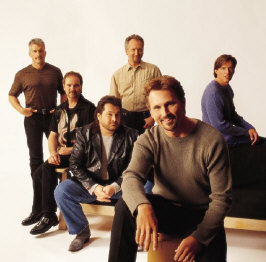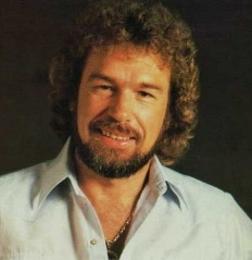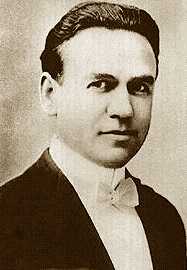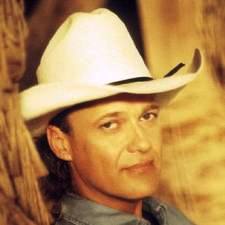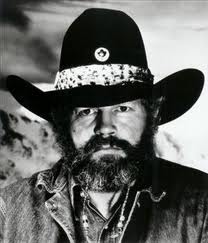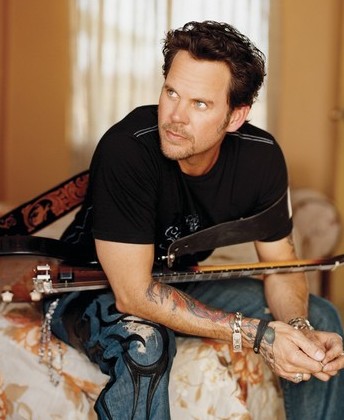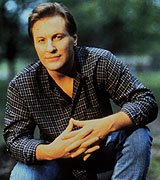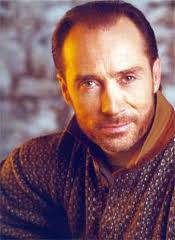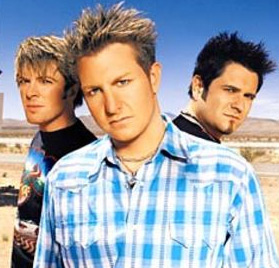
100 Greatest Men: #90. John Denver
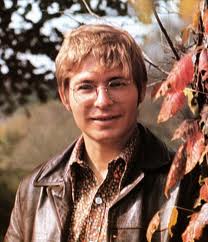 His sweet AM radio sound resonated across genre boundaries, but for traditionalists, John Denver was where they would draw the line.
His sweet AM radio sound resonated across genre boundaries, but for traditionalists, John Denver was where they would draw the line.
That such inoffensive music could ever cause such controversy may seem silly today, but Denver’s crossover success in the country market reached its peak with a 1975 CMA win for Entertainer of the Year.
Coming one short year after the hotly contested Olivia Newton-John win for Female Vocalist, presenter Charlie Rich may not have been in the right frame of mind when he lit the envelope on fire before announcing Denver’s win, but he certainly spoke for the wide dissent felt among the industry’s rank for these genre carpetbaggers.

